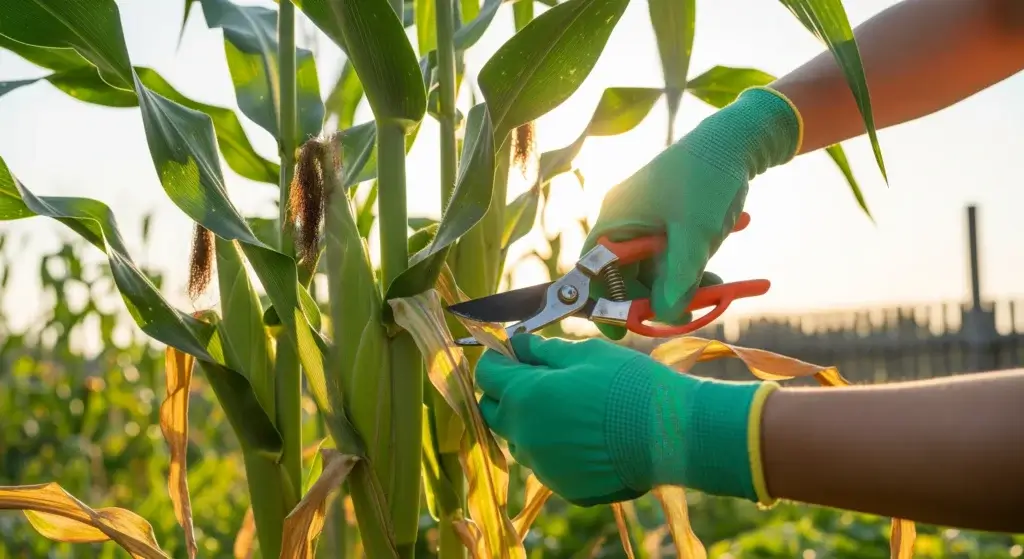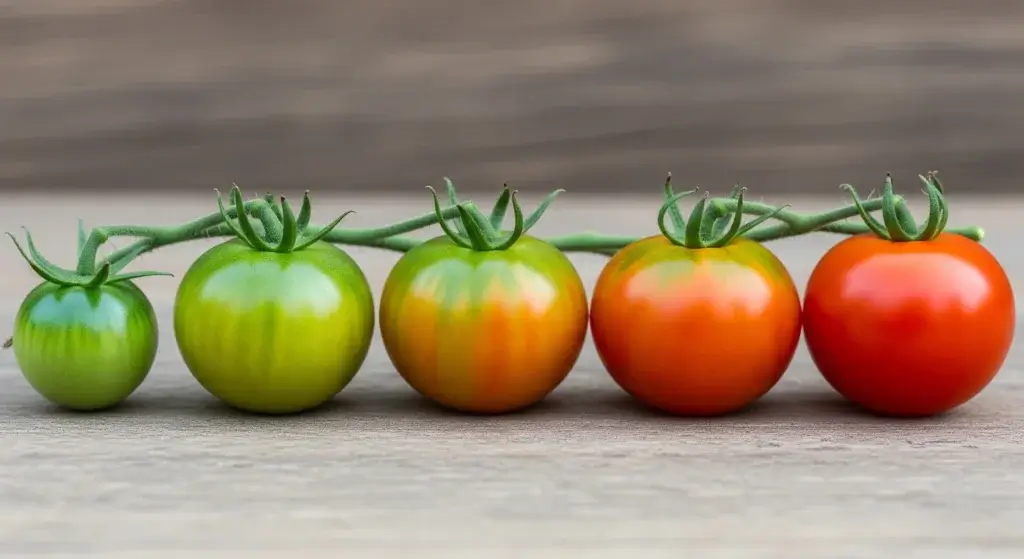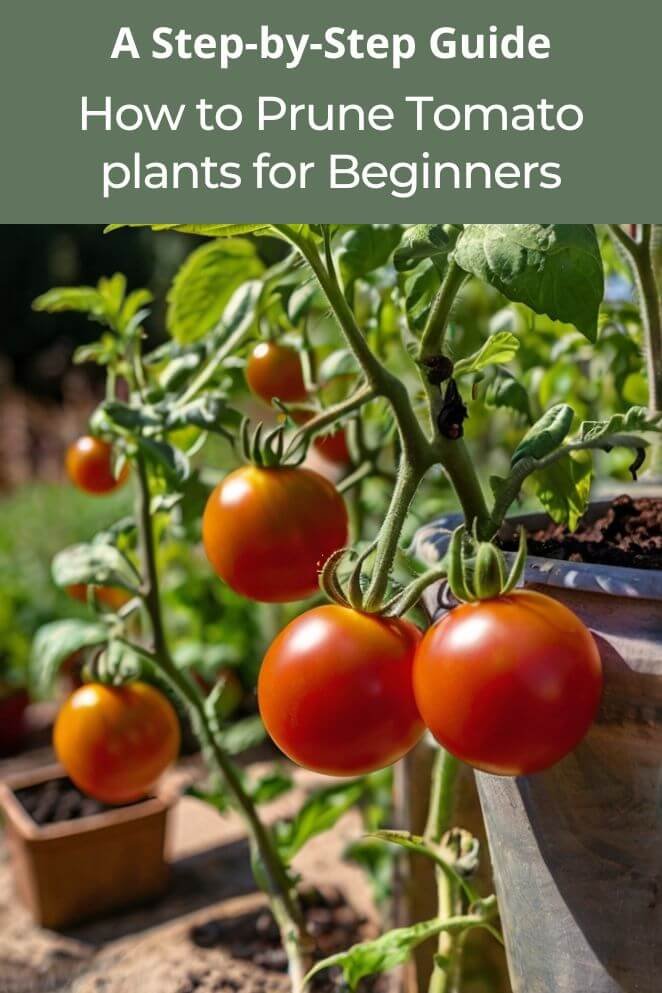
Tomato plants are a staple in home gardens, providing juicy, fresh tomatoes all summer long.
However, to get the best yield from your plants, it’s essential to prune them correctly.
Proper pruning helps tomato plants focus their energy on producing fruit rather than excess foliage, leading to a more abundant harvest.
In this article, we’ll guide you through the importance of pruning, the supplies you’ll need, and the step-by-step process to keep your tomato plants thriving.
Importance of Pruning Tomatoes
Pruning tomato plants is an essential step in ensuring their health and boosting their productivity.
Here’s why pruning is so important:
Improved airflow
Without pruning, tomato plants can become too dense with leaves and branches.
This blocks air from circulating around the plant.
When there’s poor airflow, the plant is more likely to develop diseases like mold or mildew because the leaves stay wet longer after rain or watering.
By pruning, you open up the plant, allowing air to flow freely and reduce the chances of disease.
- Read also: Save Your Tomatoes: Tips on Blossom End Rot in Tomatoes
- Read also: A Comprehensive Guide: How to Revive a Wilting Tomato Plant
Directing energy to fruit growth
A tomato plant has limited energy.
If it’s allowed to grow unchecked, it uses energy to produce unnecessary leaves and branches instead of focusing on growing bigger, healthier tomatoes.
Pruning helps the plant concentrate its energy on producing more fruit, leading to a higher yield.
Studies show that pruning can increase tomato production by up to 25%.
Easier care and harvesting
When tomato plants are pruned, they stay more manageable and controlled in size.
This makes it easier to care for them, whether you’re watering, staking, or checking for pests.
It also simplifies harvesting since the fruit is more exposed and easier to reach.

Supplies Needed
Before you start pruning your tomato plants, gather the following supplies:
- Pruning shears or garden scissors (sharp and clean)
- Gardening gloves (to protect your hands)
- A bucket or compost bin (for collecting pruned leaves and stems)
- A garden disinfectant spray (optional, for sterilizing tools between cuts)
Step-by-Step Guide to Pruning Tomato Plants
Here’s a simple, step-by-step guide to prune your tomato plants effectively:
Step 1: Remove damaged or diseased branches
The first step in pruning tomato plants is to remove any branches or leaves that are damaged or showing signs of disease.
Damaged branches can drain energy from the plant and reduce fruit production.
Likewise, diseased leaves can spread infections like early blight or powdery mildew to the rest of the plant.
- Inspect your tomato plants closely.
- Use clean pruning shears to snip off any branches with yellow, brown, or spotty leaves.
- Dispose of these branches properly; don’t compost them if they are diseased, as this can spread the problem.
Step 2: Trim lower foliage
Tomato plants can grow quite tall, but the lower leaves, especially those touching the soil, are prone to fungal infections.
Trimming the lower foliage improves air circulation and reduces the risk of soil-borne diseases.
- Look for any leaves that are close to or touching the soil.
- Cut these leaves back to improve airflow and keep your plant healthy.
- Remove any leaves below the first flower cluster for indeterminate tomatoes. This directs the plant’s energy into fruit production.
Step 3: Selectively remove suckers
Suckers are the small shoots that grow in the leaf axils (where the leaf stem meets the main stem).
While suckers will eventually grow into branches, they can lead to a bushier plant with less focus on fruit production.
Removing these suckers helps the plant grow in a more manageable shape and enhances fruit development.
- Identify the suckers between the main stem and leaf branches.
- Pinch them off with your fingers or use pruning shears if they’re larger.
- For determinate varieties, it’s better to remove just a few suckers, as these plants don’t grow indefinitely.
Step 4: Prune for shape and size
Pruning for shape is especially important for indeterminate tomatoes, which can grow wildly if not managed.
Shaping your plant ensures it grows tall and sturdy, with fewer tangled branches.
- Focus on the main stem and remove any excess growth that doesn’t contribute to the plant’s structure.
- For tall plants, tie them to stakes or trellises to keep them upright.
- You can also top the plant once it has reached a desired height, especially toward the end of the growing season, to focus energy on ripening fruit.
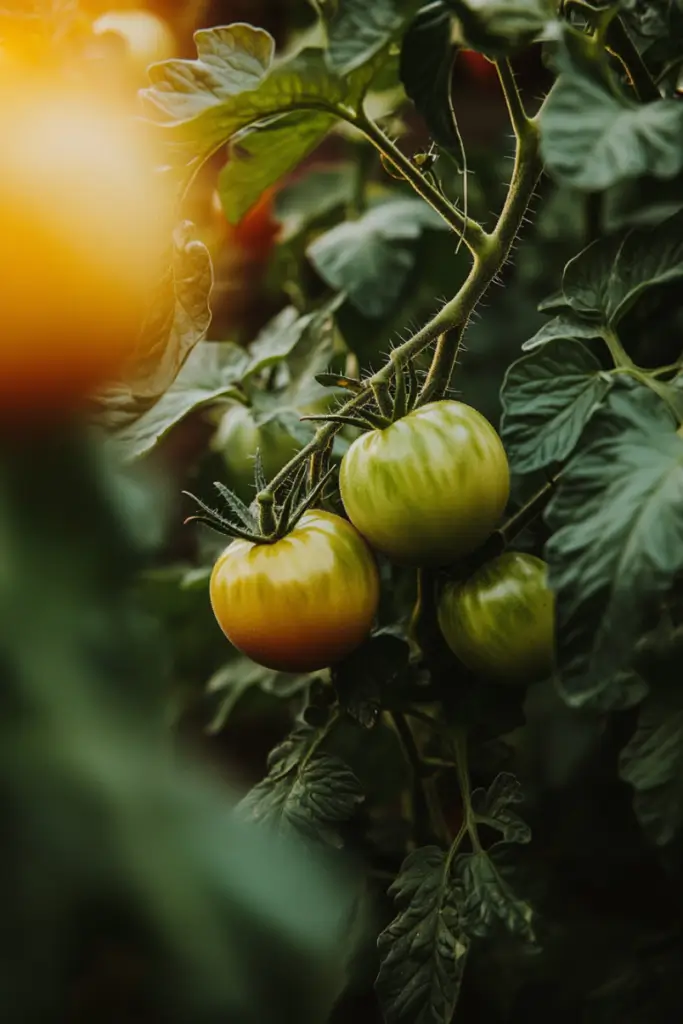
Additional Tips
Pruning doesn’t just benefit your tomato plants—it can also provide opportunities to improve your garden in other ways.
Here are some extra tips to get the most out of your pruning efforts:
Composting pruned leaves
When you prune your tomato plants, don’t throw away the leaves and stems!
These clippings can be composted to return valuable nutrients to your soil.
Just make sure that the material is disease-free before adding it to your compost pile.
Composting your pruned leaves is an easy way to recycle nutrients and boost the health of your soil for future planting seasons.
Cloning suckers
Here’s a fun fact: You can clone new tomato plants from the suckers you remove!
Suckers are the small shoots that grow between the main stem and the branches.
Instead of tossing them, you can root them by placing them in water or directly in soil.
Once they establish roots, they’ll grow into new tomato plants.
It’s a great way to extend your growing season or share extra plants with friends and neighbors.
Watch for fasciated blossoms
Fasciation is a rare mutation that can cause tomato blossoms to grow larger or look a bit strange and distorted.
While these blossoms may seem interesting, they usually produce odd-shaped, irregular fruit.
If you spot fasciated blossoms on your plant, it’s a good idea to remove them.
This allows the plant to focus its energy on producing more regular, uniform tomatoes, which are usually better for harvesting.
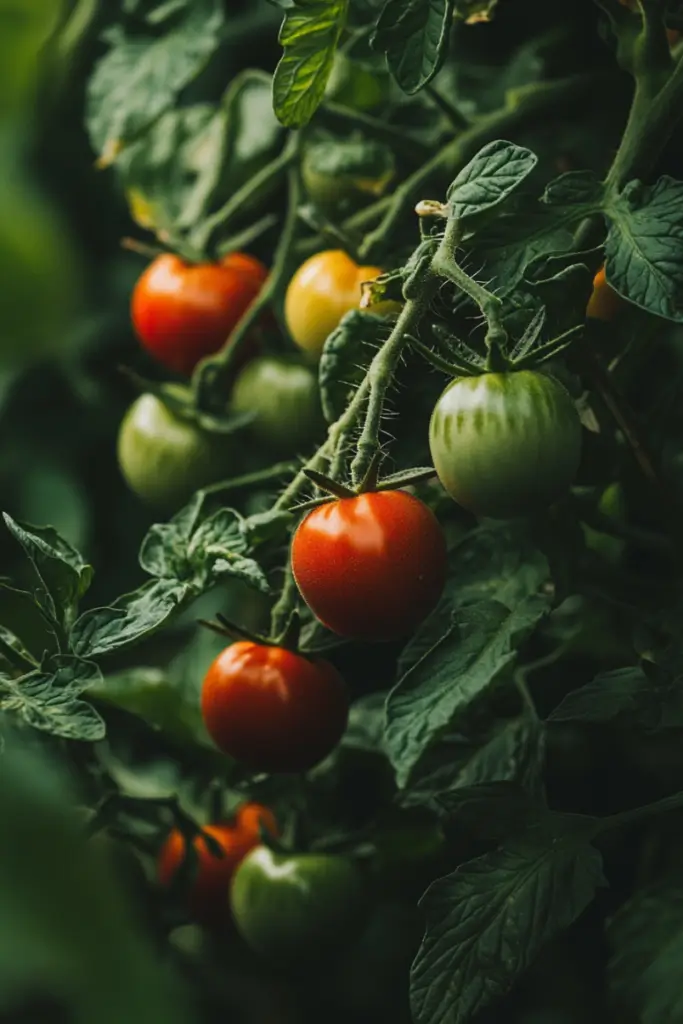
- Read also: Tomato Triumph: Tips on How to Overwinter Tomato Plants
- Read also: Causes and Solutions: Troubleshooting Tomato Stem Problems
Final Thoughts
Pruning tomato plants is an essential gardening skill that leads to healthier plants and a more bountiful harvest.
By removing damaged branches, trimming lower foliage, and selectively pruning suckers, you help your plants grow stronger and more productive.
Don’t forget to compost your pruned material and consider cloning suckers for extra plants.
Regular pruning, combined with good care, can make a huge difference in your tomato crop this season.
FAQs
The best time to prune is in the morning when the plant is still hydrated. Prune regularly throughout the growing season to maintain the plant’s shape and health.
Yes, over-pruning can stress the plant and reduce fruit production. Aim to remove no more than 25% of the plant’s foliage at any one time.
Yes, indeterminate varieties benefit from more aggressive pruning, as they continue to grow throughout the season. Determinate varieties, which grow to a fixed size, should have fewer suckers removed.
While pruning itself doesn’t directly affect flavor, it does encourage the plant to focus on producing fewer but healthier fruits, which may lead to better-tasting tomatoes.

